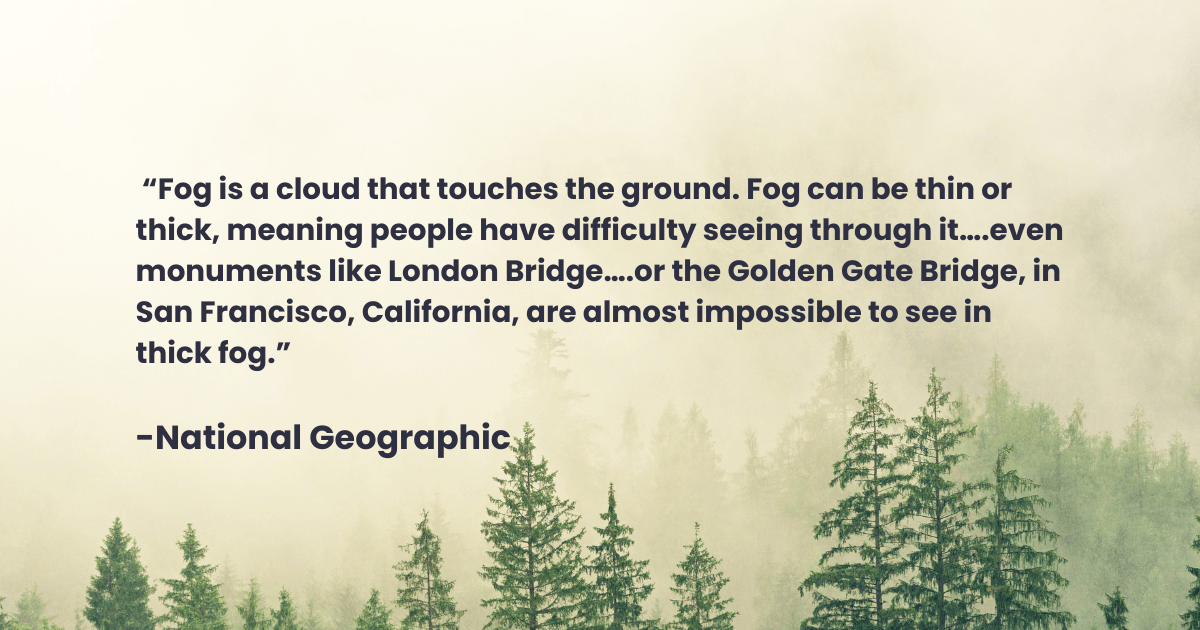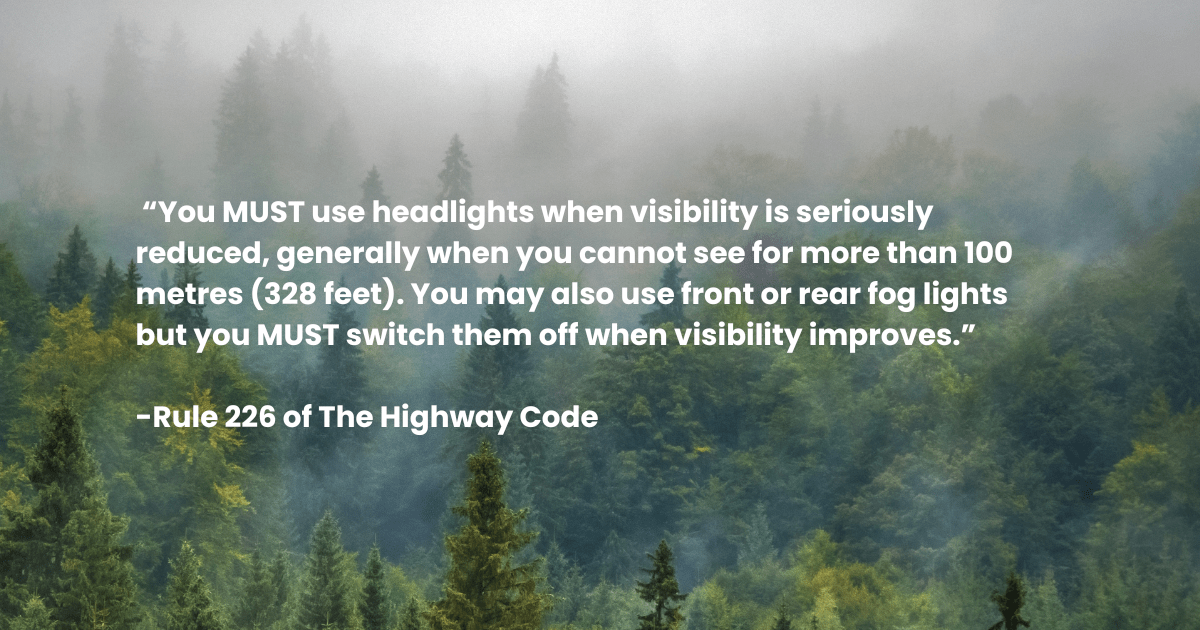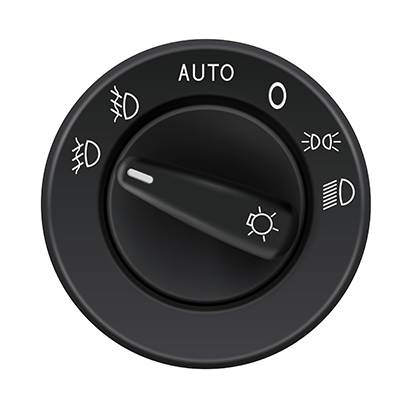
Which Time of Year Has the Highest Pass Rate for Driving Theory Tests?
Explore how age impacts driving skills, focusing on challenges faced by young and older drivers, and tips for staying safe on the road.
Driving in fog can be one of the most challenging and nerve-wracking experiences for any motorist. Low visibility conditions reduce your ability to see other vehicles, pedestrians, and important road markings, significantly increasing the risk of accidents. For learner drivers or those with limited experience in such weather, it can feel particularly daunting.
However, understanding how to safely navigate through foggy conditions and knowing how to use your vehicle’s features effectively can make a significant difference. By following the correct techniques and adhering to essential road safety practices, you can approach driving in fog with confidence and reduce potential hazards. In this comprehensive guide, we’ll explore the dangers of fog, provide practical tips to enhance your safety, and clarify the role of fog lights in these conditions.

Fog is a thick cloud of tiny water droplets suspended in the atmosphere near the ground, reducing visibility significantly. It can form under specific weather conditions, particularly when there’s high humidity and a drop in temperature. Driving in fog requires heightened awareness and adherence to safety guidelines to prevent accidents.
There are a number of tips that you can follow that will help you to drive safer in fog, they include:

Unlike standard headlights, fog lights are designed to improve the driver’s visibility in foggy conditions. Fog lights work by cutting through the fog and illuminating the road underneath.
Your car may have a set of front and rear fog lights.
The front fog lights are usually a white or yellow light which tends to sit below the car headlights.
Rear fog lights are red, similar to brake lights, and they help drivers behind see you car a little easier.
All cars are legally required to have rear fog lights, whereas front fog lights are often included in mid to higher-spec cars.
You can check your dashboard, steering wheel stalk or your car’s handbook to check if your car has front fog lights.
The symbols you’re looking for look like the below.

The Highway Code states that you must use headlights if you cannot see more than 100m (328 feet) in front of you. Likewise, you must turn your fog lights off when visibility improves to stop dazzling other drivers. Failing to use fog lights when needed or using them incorrectly could result in a £30 fine.
It’s important to note that relying on automatic lights isn’t always enough. Automatic headlights are light-sensitive and may not activate during foggy conditions if it’s still bright outside. Be sure to switch on your fog lights manually when needed, as outlined in your car’s handbook.
No, your fog lights should never be used as a substitute for headlights. They are specifically designed for use in foggy conditions. Driving with only fog lights in clear conditions is not only unsafe but can also result in fines.
Front fog lights are optional, and not all cars are fitted with them. However, rear fog lights are a legal requirement. If your rear fog lights are broken, you must get them fixed as soon as possible. Regularly checking your car’s lights is essential to ensure they are working properly.
Learning to drive in these conditions can be a challenge, but where you can it’s good to get experience in all conditions (if safe to do so). This is why our learner driver insurance does not have any curfews – so you can learn at a time that suits you.
Get a Learner Insurance Quote with Collingwood
Driving in fog requires extra caution, preparation, and understanding of your vehicle’s features. By adhering to the Highway Code, using fog lights appropriately, and following our safety tips, you can navigate foggy conditions with confidence. Always ensure your lights are functioning properly, plan your journey ahead, and focus on maintaining safe distances. Remember, safety on the road is not just about protecting yourself but also about being mindful of other road users.
Whether you’re a learner driver or an experienced one, driving in fog is a valuable skill that enhances your ability to tackle adverse conditions. Stay calm, stay prepared, and drive safely!
The Highway Code states that fog lights must be used when visibility is less than 100m. Rear fog lights are required by law, while front fog lights are optional.
All cars are legally required to have rear fog lights. Front fog lights, however, are optional and more common in higher-spec vehicles.
Use fog lights when visibility drops below 100m. Remember to switch them off when visibility improves to avoid dazzling other road users.
Automatic lights may not activate in fog, as they are light-sensitive rather than visibility-sensitive. Always manually turn on your fog lights in foggy conditions.
Yes, using fog lights unnecessarily or failing to use them when required can result in fines of £30 or more.
You will be logged out in seconds. Do you want to stay signed in?